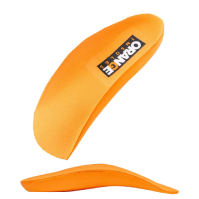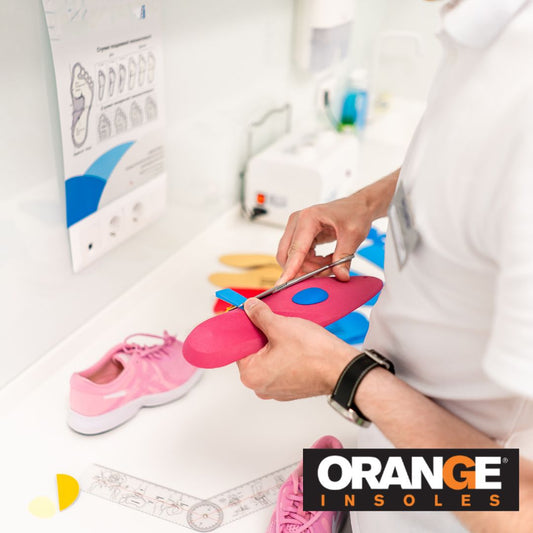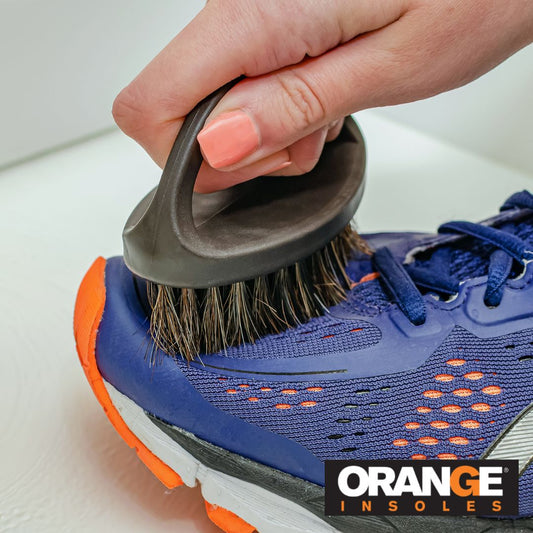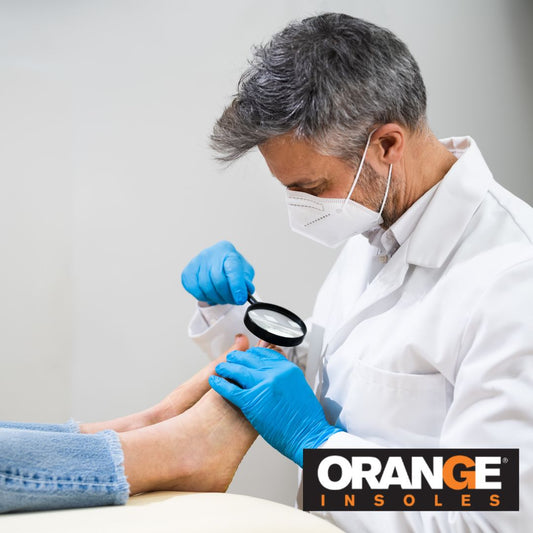Plantar fasciitis is fairly painful condition characterized by inflammation and pain in the plantar fascia, the thick band of tissue that runs across the bottom of your foot, connecting your heel bone to your toes. Plantar= bottom of the foot, Fascia=dense fibrous connective tissue, Itis=inflammation. Get it? Clever, huh?
There are many different ways to prevent and treatthis condition, including seeing your doctor if the pain is interfering with your everyday activities, but sometimes you just need to know how to relieve pain quickly, on your own.
Pain from plantar fasciitis can be more severe in the mornings with your first steps, which can make it really hard to start your day. So, here are some self-massage tips you can use to relieve pain first thing in the morning or if it flares up after prolonged sitting.
Plantar Fasciitis Self-Massage Techniques
Here are some ways you can give a self-massage to help relieve symptoms of plantar fasciitis:
Technique 1: Hand Massage
- Sit in a comfortable position and prop your affected foot on a pillow or cushion.
- Using your thumbs or the heel of your hand, apply pressure to the arch of your foot and the bottom of your heel.
- Slowly and gently, move your thumbs or hand in a circular motion, applying firm pressure to the affected area.
- Continue massaging for a few minutes, gradually increasing the pressure as you go.
- If you find a particularly tender spot, hold the pressure there for 10 to 15 seconds, then release.
- Repeat on your other foot.
Technique 2: Foam Roller or Ball
You can also use a foam roller or a tennis ball to massage your feet. This can be done during other activities like standing at a desk.
- Place the ball or roller under your foot and roll it back and forth, applying pressure to the affected area.
- You can use your body weight to apply as much or as little pressure as feels comfortable
Other Treatments for Plantar Fasciitis
Self-massage is just one tool in managing plantar fasciitis. To stay pain-free and move about your day, remember the 3 S’s:
- Stretching of the calf, Achilles tendon, and foot can help or eliminate the majority of plantar fasciitis problems.
- Strengtheningthe muscles of the foot and ankle can assist in eliminating and avoiding these problems.
- Supportingthe foot with proper shoes and insoles can prevent or eliminate the vast majority of foot-related problems. A supportive show is one with a wide base and contours footbed. It may also be a shoe with an upper that wraps the foot and supports the arch and heel thus limiting excessive pronation. One of the easiest and most effective solutions for shoes without enough support is to add a simple over-the-counter (or internet!) insole that provides forgiving support for both the arch and heel. Orange Insolesoffer shoe insoles for heel pain, so you get the support you need.
If your symptoms persist, be sure to consult a healthcare professional for further evaluation and treatment. Consistent treatment, stretching, and support are important so don’t forget to work your feet into your stretching routine and make sure you’re giving them the support they need!

























































